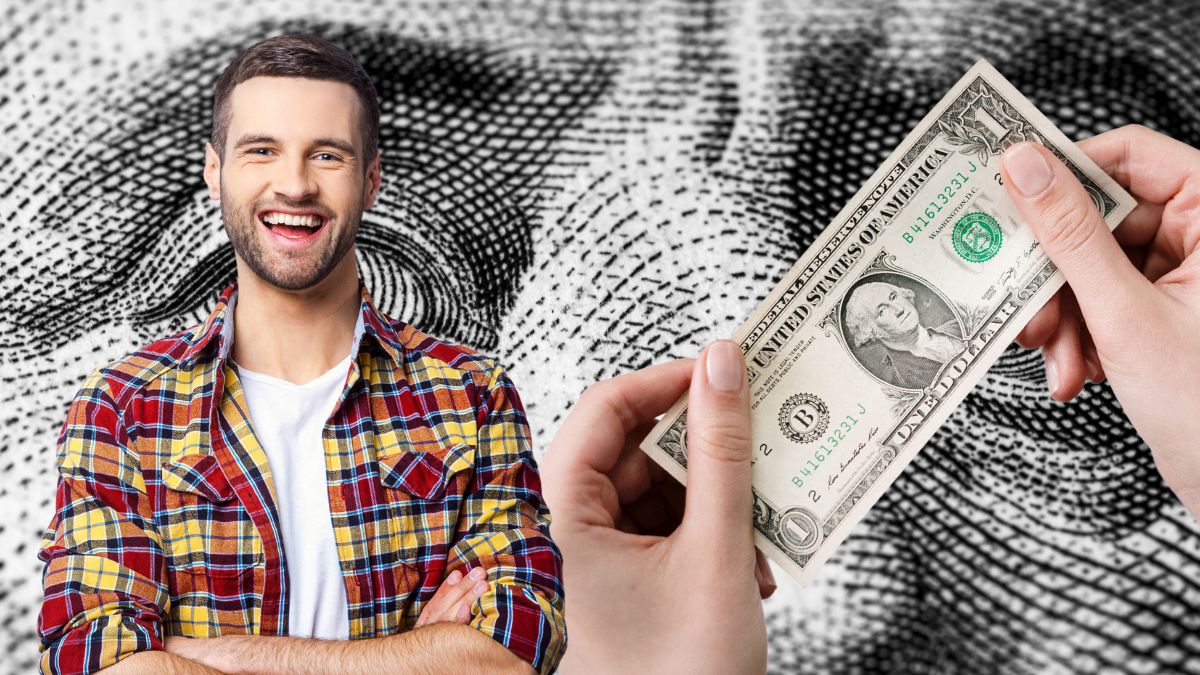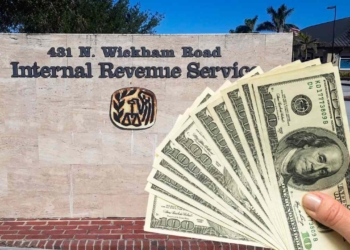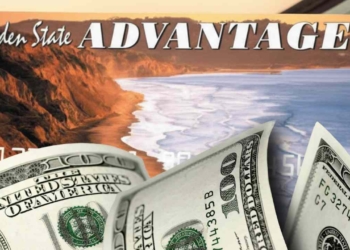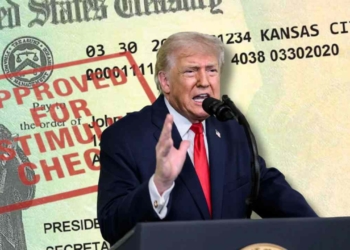Numismatics is becoming more and more important over time. Both coins and bills are sold at auctions and sales keep improving previous records. No doubt this hobby unites both American history and business. Many collectors wish they had such a valuable bank note in their possession.
Although its face value is just 1 dollar, it was worth $200,000 at an auction. No doubt the Internet and websites like eBay have helped this market increase so much in such a short period of time.
This is the 1-dollar bill worth $200K, highly sought after by Numismatics collectors who dream of having it
The main reason this dollar bill reached such a high value was its history and special features. Therefore, it was not just how old it was. For your information, during World War II, 1-dollar bills were issued with the word “Hawaii” on them.
Of course, they were meant to be issued in the State of Hawaii. The word Hawaii could be seen on both sides. Apart from it, there was a distinctive brown mark on it.
The reason why the U.S. Mint decided to print these special bills with the word Hawaii on them was an emergency measure. In fact, it aimed to avoid the Japanese using them.
Where could I buy 1-dollar bills from Hawaii?
When it comes to buying coins and bank notes, it is important to ensure you can trust the seller. That is why it is advisable to one of the annual fairs celebrated in the United States.
What is more, there are websites from trustworthy companies like Professional Coin Grading Services, Heritage Auctions, or Stack’s Bowers. For example, PCGS has a list of some companies you can trust at: https://www.pcgs.com/dealers/results.
In this way, you could find a coin or bill whether it is from Hawaii or not, and you can look for the closest location. Invest wisely and make your purchase with the support of reliable dealers.
Specific preservation techniques for maintaining the value of old banknotes
- Avoid touching banknotes with your bare hands if possible. Oils and dirt from skin can damage or stain them.
- Use clean cotton gloves or nitrile gloves to handle especially fragile or valuable notes.
- Use archival-quality materials such as acid-free sleeves or currency holders. These are designed to protect notes from dust, moisture, and handling.
- Consider using currency albums made with PVC-free plastic; PVC-based materials can release chemicals over time that damage banknotes.
- Store them flat and avoid folding or bending, as creases and folds significantly reduce their value.
- Keep banknotes in a cool, dry space. High humidity can lead to mold growth, while excessive dryness can cause brittleness. Aim for consistent relative humidity around 40-50%.
- Maintain a stable temperature if possible—fluctuations can stress and degrade paper fibers.
- Avoid direct sunlight or intense artificial light, which can cause fading and discoloration.
- Use UV-filtering sleeves or display cases when displaying rare notes. If possible, display reproductions to protect the originals.
- Avoid storing banknotes in overly tight or cramped boxes and keep handling to a minimum.
- Keep banknotes away from objects that could imprint or scratch them. For example, do not lay heavy objects directly on top of notes or albums.
- Generally, any type of cleaning—or attempting to remove stains—may cause more harm than good. Many collectors and experts discourage excessive cleaning, especially if it could remove ink or alter the fibers.
- If restoration is necessary (e.g., minor surface cleaning or flattening warped edges), consult a professional conservator. Amateur restoration can lower the banknote’s value.
- Maintain clear documentation regarding each banknote’s history and provenance (where you acquired it and any known historical context). This can add authenticity and value.
- Keep records of authenticated appraisals or grading certifications if available.
- If you have a significant collection, consider securing it in a safe or vault.
- For high-value notes, insurance may be advisable. Proper storage and documentation help support any future claims.







